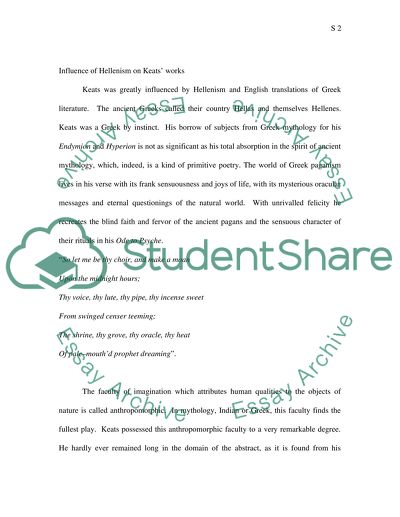Cite this document
(“John Keat's Poetry Essay Example | Topics and Well Written Essays - 2000 words”, n.d.)
Retrieved from https://studentshare.org/miscellaneous/1515561-john-keats-poetry
Retrieved from https://studentshare.org/miscellaneous/1515561-john-keats-poetry
(John Keat'S Poetry Essay Example | Topics and Well Written Essays - 2000 Words)
https://studentshare.org/miscellaneous/1515561-john-keats-poetry.
https://studentshare.org/miscellaneous/1515561-john-keats-poetry.
“John Keat'S Poetry Essay Example | Topics and Well Written Essays - 2000 Words”, n.d. https://studentshare.org/miscellaneous/1515561-john-keats-poetry.


